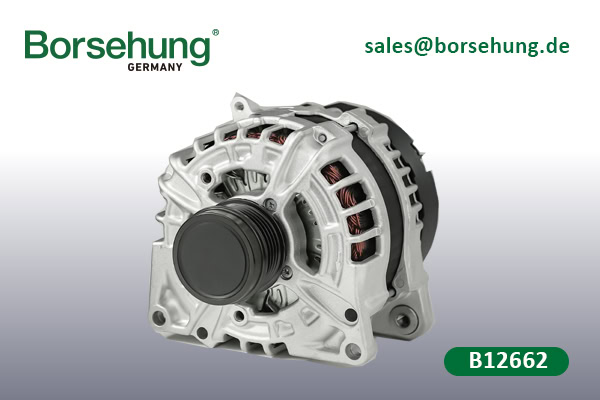As a core component of a vehicle electrical system, an automobile generator converts mechanical energy into electrical energy, charges the battery, and supplies power to the vehicle’s electrical devices. It works in conjunction with the battery to ensure stable operation of the vehicle’s power system.
Functions of an automobile generator:
Power generation and supply: The generator converts mechanical energy of the engine into electrical energy to provide uninterrupted power for onboard electrical devices such as lights, speakers, air conditioning, and ECU).
Charging function: By charging the battery, the generator makes up for the electricity consumed by the battery during start-up of the vehicle, and keeps the battery fully charged.

Voltage stabilization and balancing: The generator controls the output voltage via a voltage regulator to prevent the voltage from becoming too high (which can damage electrical devices) or too low (which leads to insufficient power supply).
An alternative to the battery as a power supply: During operation of the engine, the generator meets power demand of the whole vehicle, thus reducing the burden of the battery and extending its service life.
Working principle of an automobile generator
An automobile generator works on the principle of electromagnetic induction: It converts AC electromotive force into DC current via electric brushes, and then outputs the DC current to the battery for charging. The terminal voltage of the generator increases with the increase of RPM. When the terminal voltage rises to the level of the battery voltage, the generator starts to work normally. The excitation current of the generator is supplied by the generator itself to ensure normal operation of the engine.

